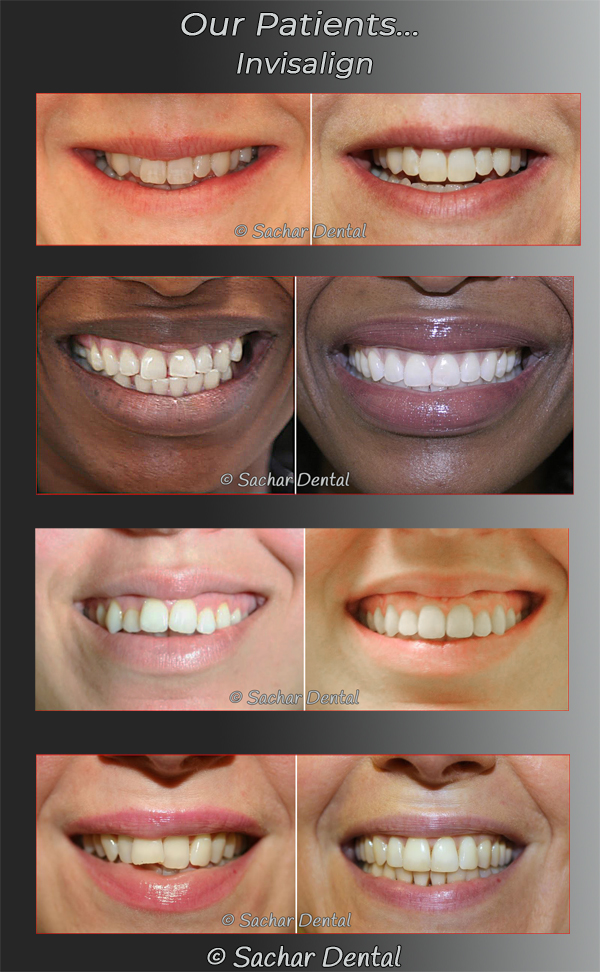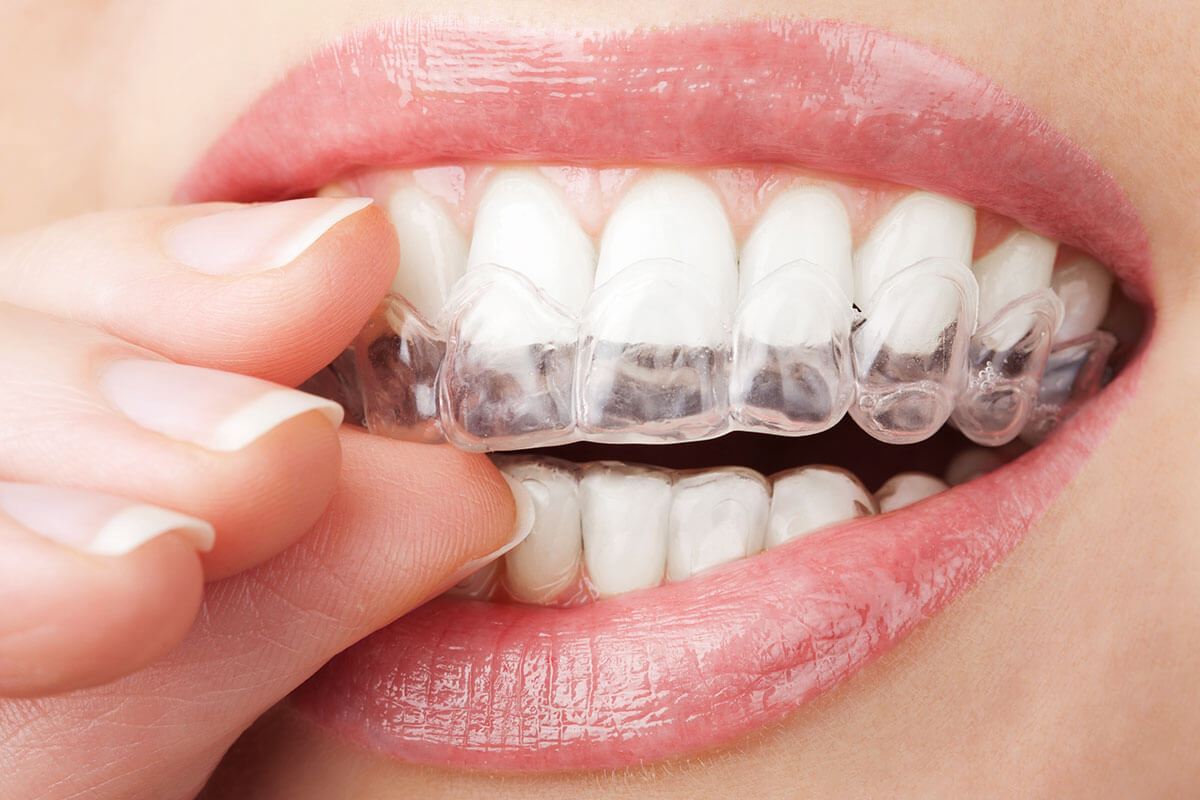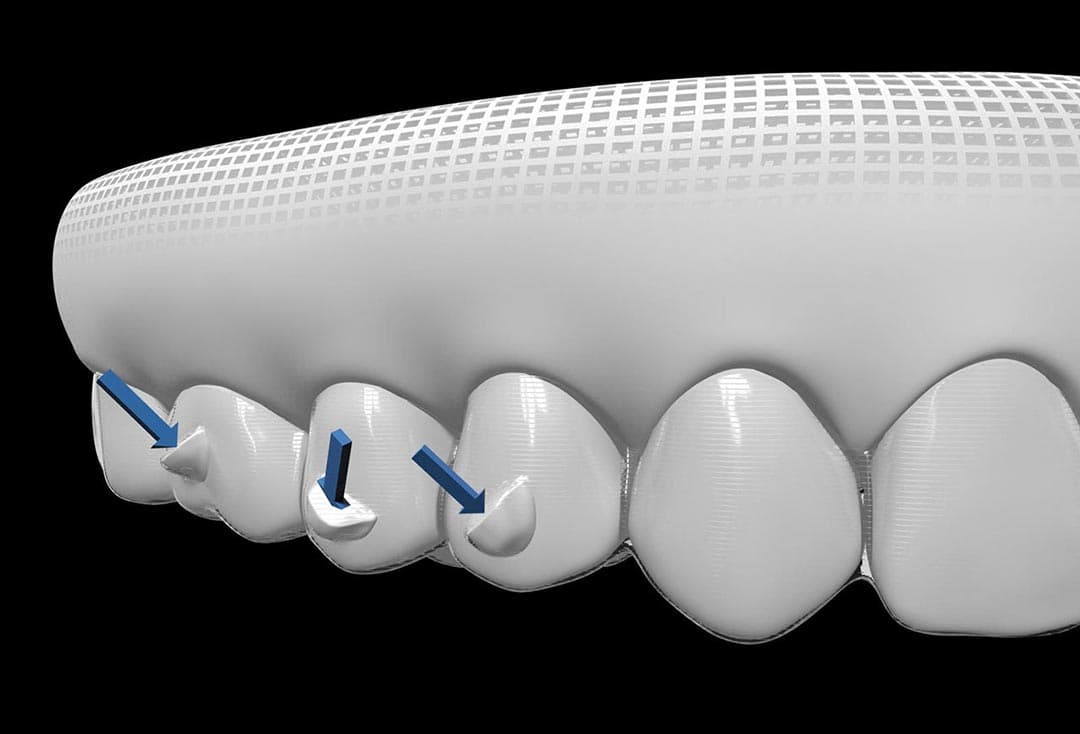Invisalign for Teenagers: A Modern Solution to Straightening Young Smiles
Invisalign for Teenagers: A Modern Solution to Straightening Young Smiles
Blog Article
Invisalign vs. Standard Dental braces: Which Option Is Right for You?
When thinking about orthodontic treatment, the selection in between Invisalign and traditional braces provides numerous vital factors that merit cautious examination. Invisalign supplies a very discreet alternative with removable aligners, while conventional braces supply an extra noticeable yet reliable remedy for extreme imbalance. Each alternative encompasses distinct benefits and drawbacks associated with aesthetic appeals, convenience, therapy period, and price. Understanding these nuances is essential for making a notified choice that straightens with your personal choices and way of living. The question remains: which option will best satisfy your orthodontic requirements and assumptions?
Summary of Treatment Options

On the other hand, traditional dental braces contain metal brackets and cords that are adhered to the teeth. This method uses continual stress gradually to achieve positioning. While efficient for complicated orthodontic concerns, conventional dental braces call for routine sees for adjustments and can pose obstacles in preserving dental hygiene due to the difficulty of cleansing around brackets and cables.
Both options have their values, and the selection frequently depends upon certain oral problems, way of living preferences, and patient compliance. Eventually, getting in touch with an orthodontic professional is important for establishing the most suitable therapy strategy customized to specific requirements. Comprehending the nuances of each alternative can considerably affect the total success of orthodontic treatment.
Visual Considerations
A considerable element affecting the selection between Invisalign and traditional dental braces is the aesthetic appeal each therapy uses. Invisalign aligners are crafted from clear plastic, making them practically invisible when put on.
In contrast, traditional dental braces consist of steel brackets and cords, which can be a lot more obvious. While developments in orthodontic technology have actually resulted in the development of smaller brackets and tinted elastics, standard braces still keep a more obvious profile. For some people, the exposure of braces might hinder them from looking for required therapy.
Eventually, the choice in between Invisalign and typical dental braces might depend upon personal choices concerning looks. Clients that focus on discretion usually favor Invisalign, while those that are much less concerned regarding presence may choose for conventional dental braces. Recognizing the aesthetic ramifications of each choice is essential for making a notified choice that straightens with one's lifestyle and preferences.
Convenience and Convenience

In terms of benefit, Invisalign aligners are removable, enabling patients to enjoy their favorite foods without limitation and preserve optimal oral hygiene. Brushing and flossing are simplified, as the aligners can be taken out during these regimens, whereas typical dental braces call for mindful steering around cables and brackets.
Furthermore, Invisalign's modern system enables for less orthodontic brows through. Clients normally get several sets of aligners at once, which can simplify the treatment process and lower time invested in the orthodontist's chair. In comparison, conventional braces necessitate normal modifications, making them less practical for those with hectic schedules. Invisalign. On the whole, the comfort and comfort of Invisalign make it an enticing option for numerous individuals looking for orthodontic therapy.
Treatment Period and Performance
While both Invisalign and conventional dental braces are effective in remedying oral misalignments, the duration of treatment can differ considerably in between the two options. Typically, Invisalign treatment can take anywhere from 12 to 18 months, depending upon the intricacy of the instance. The clear aligners work by slowly changing teeth right into their desired settings, and normal follow-ups with an orthodontist aid ensure development continues to be on track.
In contrast, conventional dental braces usually require a longer commitment, normally varying from 18 months to three years. This is due to their fixed nature and making use of wires and brackets, Learn More Here which can be much more efficient for serious imbalances and intricate instances (Invisalign). The therapy performance of traditional braces is well-documented, as they allow for precise adjustments and greater control over tooth activity
Inevitably, the selection in between Invisalign and standard braces may rest on both learn the facts here now the anticipated treatment period and the details oral problems at hand. Consulting with an orthodontist is essential, as they can offer tailored recommendations based upon individual needs, making sure the selected method straightens with wanted durations and results.
Cost Comparison and Insurance Coverage Choices
Cost plays a significant role in the decision-making process for people taking into consideration orthodontic treatment, whether going with Invisalign or traditional dental braces. Generally, the expense of Invisalign arrays from $3,000 to $8,000, while typical dental braces normally set you back between $2,000 and $6,000. Factors affecting these costs consist of the complexity of the instance, the duration of therapy, and geographical place.
Insurance insurance coverage can substantially impact out-of-pocket expenditures. Numerous oral insurance coverage strategies offer partial insurance coverage for orthodontic therapies, but the specifics can differ widely. It is critical for clients to assess their insurance plan to identify the level of protection for either alternative. Generally, standard braces may be extra frequently covered by insurance coverage strategies compared to Invisalign, which some insurance firms categorize as a cosmetic treatment.
In addition, several orthodontic methods use adaptable layaway plan, making both therapy alternatives much more obtainable. Clients must make inquiries about prospective financing choices and price cuts for upfront payments. Assessing the overall expense, consisting of insurance policy advantages and payment strategies, is important for making a notified choice that straightens with both visual preferences and budget considerations.

Verdict
In recap, the selection between Invisalign Recommended Site and conventional dental braces rests on numerous factors, consisting of visual preferences, convenience, therapy period, and price. Invisalign offers a discreet, removable choice that promotes oral hygiene and dietary flexibility, while conventional dental braces might be preferable for intricate dental issues and typically come with a reduced cost factor. Inevitably, consultation with an orthodontist is necessary to examine individual conditions and figure out one of the most appropriate treatment alternative for attaining optimum oral placement.
When considering orthodontic treatment, the selection in between Invisalign and traditional dental braces offers numerous essential factors that warrant cautious evaluation.Contrasting Invisalign and conventional dental braces exposes distinct therapy options for orthodontic improvement.While both Invisalign and standard dental braces are efficient in dealing with dental misalignments, the period of therapy can vary significantly in between the two choices.Cost plays a considerable role in the decision-making process for people thinking about orthodontic therapy, whether opting for Invisalign or standard braces.In recap, the selection between Invisalign and typical braces pivots on numerous elements, consisting of aesthetic preferences, convenience, therapy duration, and expense.
Report this page